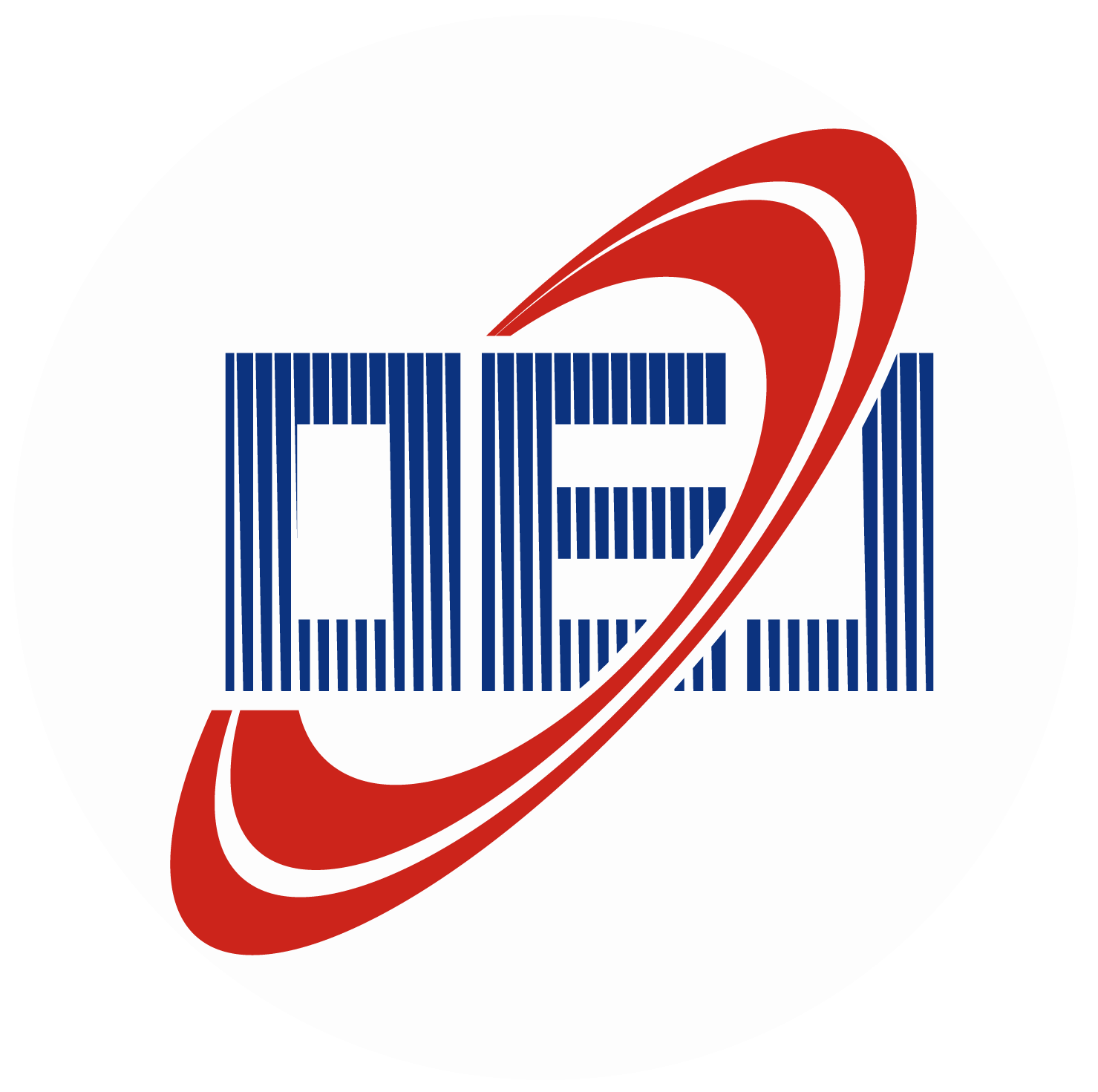-
Abstract
Aiming at the problem that the single-stage YOLACT algorithm based on bounding box detection lacks the location and extraction of the region of interest, and the issue that two bounding boxes overlap and are difficult to distinguish, this paper proposes an anchor-free instance segmentation method based on the improved YOLACTR algorithm. The mask generation is decoupled into feature learning and convolution kernel learning, and the feature aggregation network is used to generate mask features. By adding position information to the feature map, multi-layer transformer and two-way attention are used to obtain dynamic convolution kernels. The experimental results show that this method achieves a mask accuracy (AP) of 35.2% on the MS COCO public dataset. Compared with the YOLACT algorithm, this method improves the mask accuracy by 25.7%, the small target detection accuracy by 37.1%, the medium target detection accuracy by 25.8%, and the large target detection accuracy by 21.9%. Compared with YOLACT, Mask R-CNN, SOLO, and other methods, our algorithm shows significant advantages in segmentation accuracy and edge detail preservation, especially excelling in overlapping object segmentation and small target detection, effectively solving the problem of incorrect segmentation in instance boundary overlap regions that traditional methods face. -



 E-mail Alert
E-mail Alert RSS
RSS


